Personal Finance
"Why Are So Many People Suddenly Switching To Cash Back Credit Cards?"
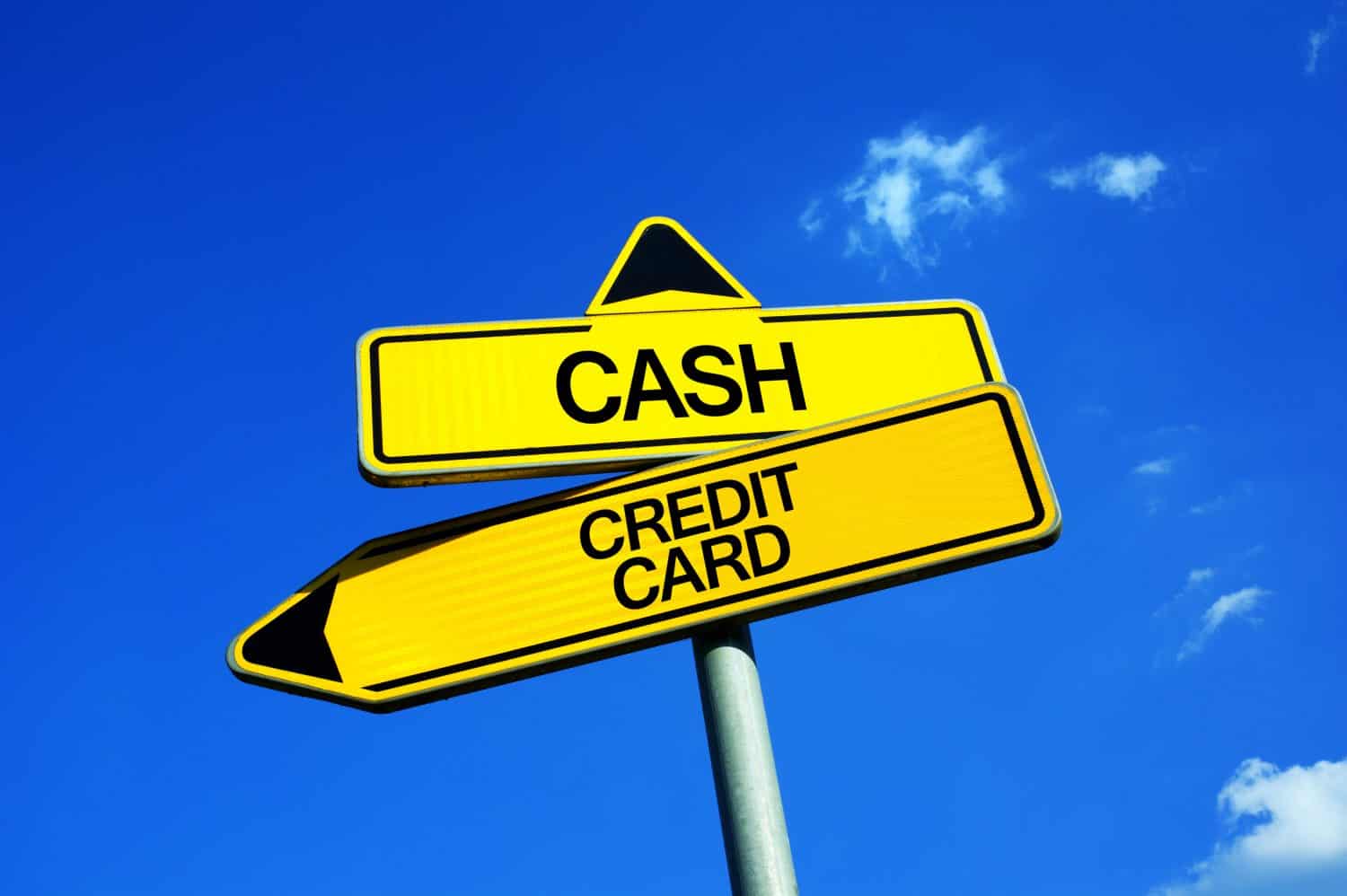
Published:

Do you have the right credit card? With the number of different rewards programs, points systems, and companies offering lucrative earnings potentials, it can be hard to know the answer to this question, especially when it seems that everyone is switching to one card or another.
Credit cards in general are harmful to small stores and restaurants because they charge a fee per use.
Small shops and stores will always prefer that you use cash when you make a purchase.
The right cash back credit card can earn you hundreds, or thousands of dollars a year for free. Click here now to see our top picks. (Sponsor)
One person was wondering why everyone was choosing to switch to cash-back credit cards in particular, since they seemed to have several major drawbacks for the customer and stores. They took their question to Quora, and here is what the community said.
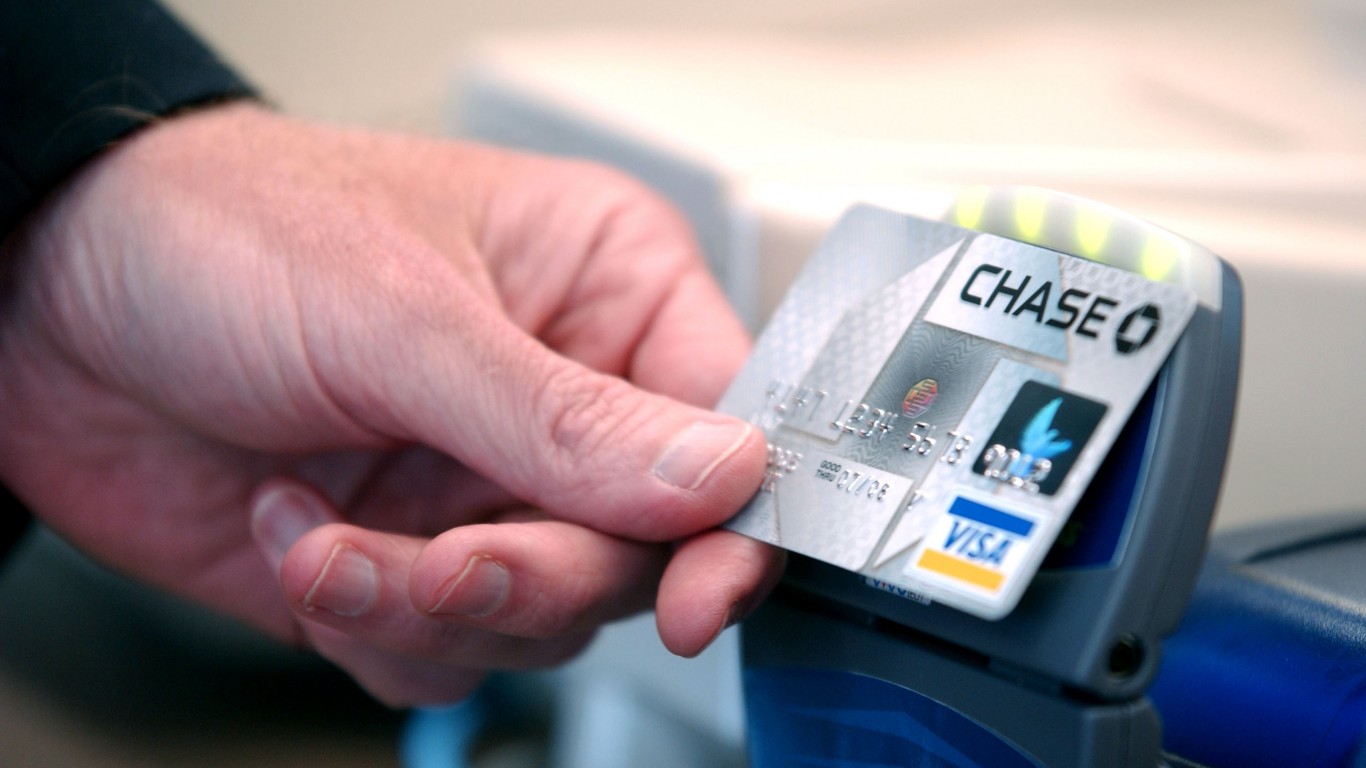
The author of the post has taken issue with cash-back credit cards and wants to know why so many people are choosing to use them. They say that cash-back credit cards rip off small restaurants and other small merchants and stores.
They say that when they eat at a small restaurant, they use cash so that a bank doesn’t take 5% of the bill. When they go to a repair shop, they pay with a check. Why does a bank deserve to take a cut of the mechanic’s work?
The author reasons that store credit cards are fine, like the Target or Home Depot cards, but they will still not use them for small purchases at local stores or restaurants. They ask the community why people continue to sign up for exploitative cash-back cards.
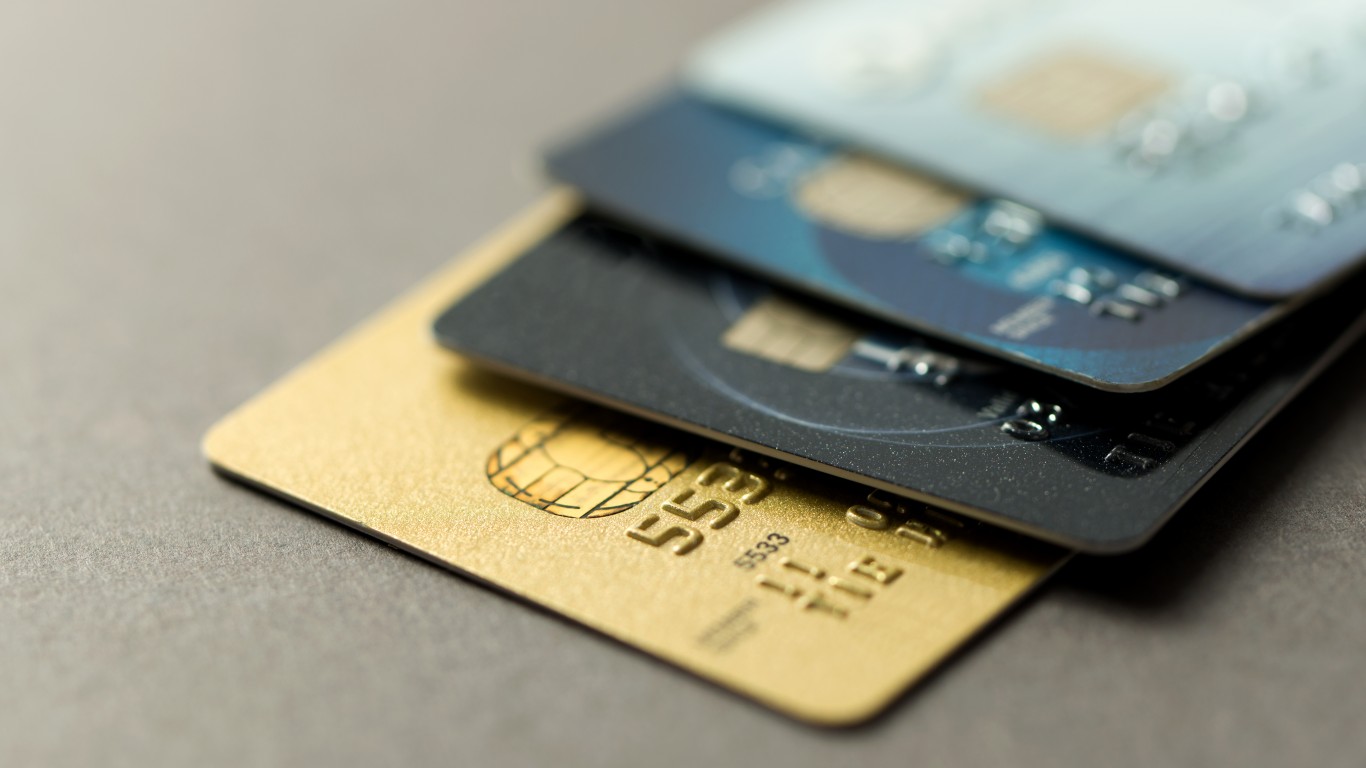
Unfortunately, there were only a handful of comments to this question, neither of which were particularly helpful. Quora has become plagued with users who see it only as an opportunity to build their own ‘through leadership’ and personal brand instead of actually answering the question. Yet Quora seems to be in no hurry to fix the problem or help users actually get helpful answers to their questions.
However, there is an answer. The reason why so many people are switching to cash-back credit cards is simply because they have better rewards programs than other cards and they offer significantly better incentives to switch to their card, usually in the form of higher cash-back levels or other perks immediately after signing up.
Why are they so much better than smaller or store cards? Because the banks can afford it. This is a common anti-competitive tactic often employed by larger companies to pressure smaller companies out of the market. They will incur a cost to persuade a customer to choose them over a competitor. The larger company can afford to take on this cost while the smaller one can’t, meaning the smaller company can’t match the generous terms or benefits. The larger company reasons this cost, or investment, is worth it because they will make their money back over time if the customer stays with them, or signs up for additional cards.
Do these cards hurt small companies? Yes, undoubtedly. But too often we care more about convenience or the benefits of using the card than the impact it has on local shop owners. If you do have a choice, smaller companies always prefer that you use cash. They will thank you.
That being said, credit cards have become almost essential in modern society. Some companies only accept credit cards while many of us can’t make a big purchase with cash or a debit card, so we are forced to use a credit card.
So which one should you go with? Should you pick a cash-back credit card? We’ll cover the benefits and drawbacks of cash-back credit cards so you can make the best decision.
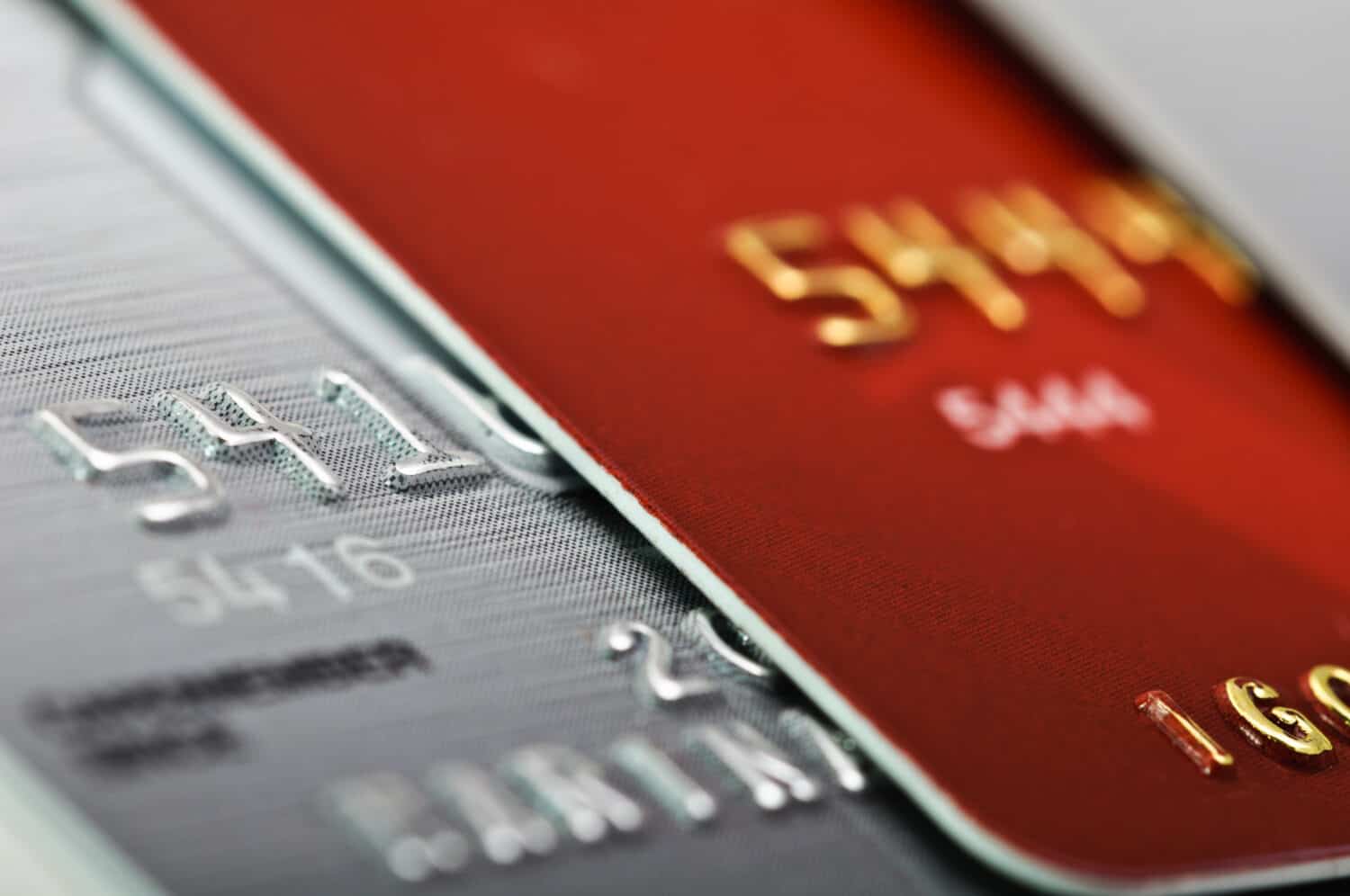
As the wealthy get richer, the rest of us find just getting by to be more difficult every day. Times are more difficult for practically every person in America. Something everyone is using for better or for worse to keep chugging along are credit cards.
That’s right, 78% of Americans live paycheck to paycheck, according to a Payroll.org 2023 survey. According to a 2023 Federal Reserve Study, the average American household carries a credit card balance of $6,380, and the average credit card interest rate is 23.37%. So, in other words, it’s time to leave your debt shame behind in 2024 and move forward knowing that everyone has debt, and it is a normal financial state to be in while living in the United States of America.
Many people are using credit card benefits to their advantage. Some bonuses that can come from using certain cards could be low interest rates, flying miles, points that can be exchanged for goods, store discounts, and cash back! Other benefits of using credit cards responsibly are building credit to secure loans to make large purchases such as homes, vehicles, and airplanes, or even to be eligible for better credit cards that have better benefits.
So, why are consumers choosing cash-back credit cards more and more? Here are some of the largest benefits of cash-back credit cards.
The largest appeal of cashback is really just self-explanatory: receiving cash back for your purchases. Some credit cards can offer up to 8% cash back on things you were going to buy anyway. While you won’t get a large envelope full of cash in the mail from your credit card issuer, you will see those rewards in the form of statement credits, redeemable rewards, or even account deposits.
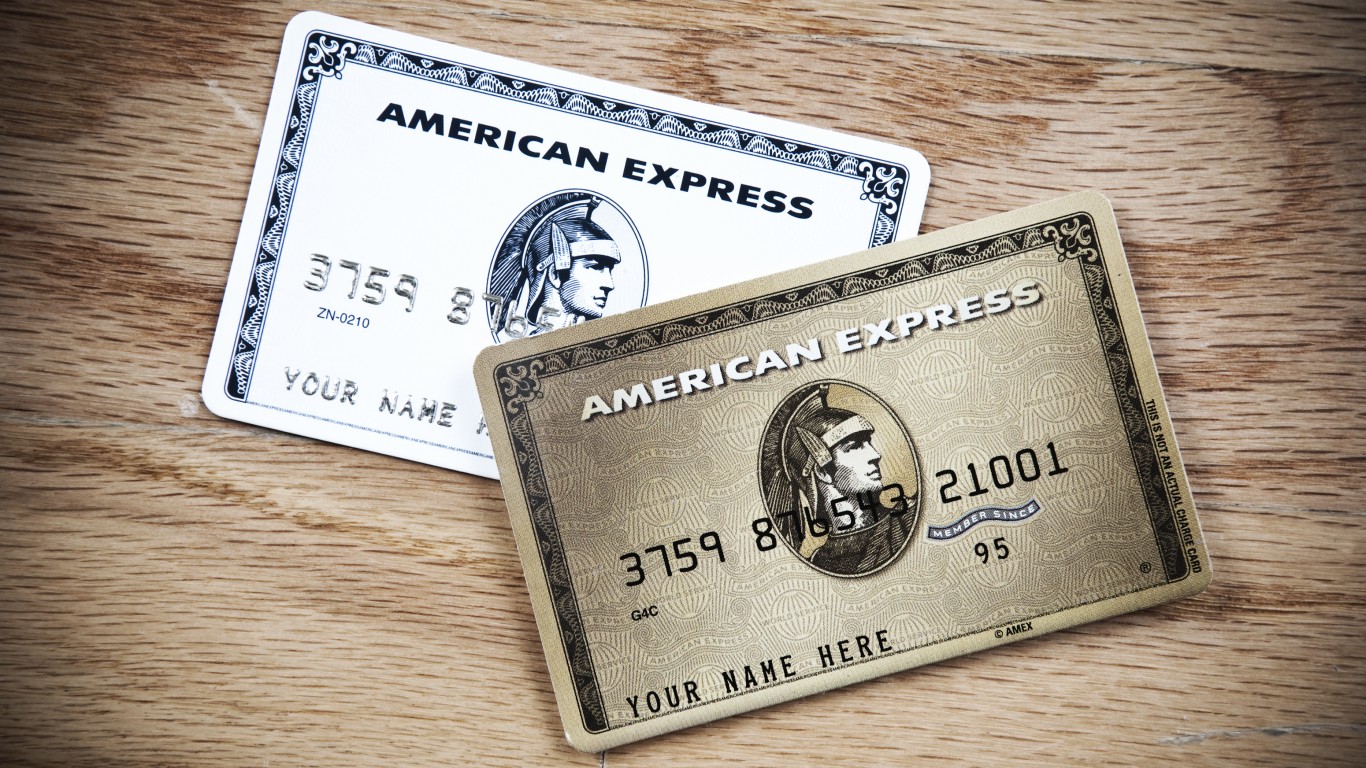
There are three different types of cash-back credit cards: Rotating Category, Flat-rate, and Tiered. Flat-rate might be the easiest to use, as it just means that all purchases made with the card generate the same percentage of cashback. Flat rate cards typically generate a 1%-2% cashback on literally any purchase. For consumers who don’t like to strategize purchasing, and want something easy, predictable, and passive, a flat-rate cashback credit card would likely be the most convenient option.
Some other benefits of flat-rate cashback credit cards are that these cards typically don’t have any annual fees. There typically isn’t a minimum purchase requirement, and payouts can be monthly, quarterly, or yearly. Flat-rate cards typically are rewarded in the form of statement credits or a bank account deposit. Statement credits are just when the amount is automatically or manually applied to your statement balance at the end of each billing cycle.
Tiered cash-back cards, sometimes called Bonus Category Cards categorize purchases and award different cash-back percentages to each tier. For instance, you might get 5% back on electronic purchases and 3% back on groceries. They can also vary by store, so spending at a local store could give you more cashback than a chain. It could also earn you more cashback to purchase from specific restaurants, big-box stores, or airlines. It really just depends on the card carrier and who they are partnered with.
Tiered cashback cards can be really beneficial if you like to shop at very specific places, as most chains have a partnership with a credit card issuer. For example, let’s pretend there is a popular warehouse/ wholesale store you like to shop at called Rostco. If you like shopping at Costco, a beneficial tiered credit card would be the Costco Always Visa. Because Rostco is a wholesale/warehouse store, it doesn’t normally count as a grocery store for other cashback credit cards. If you get Costco’s special Visa, you will be rewarded 4% cash back at its in-house gas stations, 3% back at restaurants and on travel, 2% back on all Costco purchases, and 1% back for everything else. This card has no annual fees or a sign-on bonus.
It is, however, a requirement to be a Costco member to apply which either costs $65 or $130 per year. If you opt for their highest tier of membership, which costs $130, you receive 2% cashback on all Costco purchases. This effectively gives you 4% cashback on all Rostco Purchases if used in conjunction with your Rostco Visa, and 6% cashback spent at the Rostco gas pump, which is typically already cheaper than other gas pumps. So, if you spent $7,000 at Costco’s fuel pump as a top-tier member with your Costco Visa, and then spent $7,000 inside the Rostco store, you would get $700 cashback by the end of the year.
Deals and partnerships like this exist for most large chain stores such as Costco, Target, Walmart, Ulta, Sephora, etc. So, if you are the type of consumer who prefers a few specific retailers, tiered cashback cards would be a smart option for you.
The last type is Rotating Category Cashback Cards. This refers to cards that award a certain percentage of cash back for a certain category for a certain length of time. The goal of this type of card is to earn the highest amount of cashback possible on the categories you personally spend the most on. It is another way to maximize and customize your purchases.
These cards take a little strategy, as the categories can rotate quarterly. For example, in January, you could be earning 5% cashback Gym Memberships and United Airlines. By July, the 5% could switch to Target and gas stations.
Typically, there is a limit to the quarterly rewards you can earn, the highest limit seems to be around $1,500 per quarter (which would equal $75 cashback) for the bonus categories and once you hit that limit, it will switch back to the typical flat-rate of the card which is unlimited, even if you continue to spend in the designated bonus category. Bonus categories could include general categories such as streaming services, grocery stores, and gas stations, and sometimes include specific retailers. If you are someone who spends a lot of money at specific retailers at specific times of the year (Christmas gifts, for example), this might be a good option.
Some rotating category cashback cards can even have other bonuses like year-end match programs, which effectively double your cashback or a generous sign-on bonus. The quarterly bonus category spending limits might be lower than you think, so it’s always important to really understand the terms and categories before applying to one.
A drawback of this type of card is that with some issuers, you have to manually activate the bonus categories, so if remembering to do one more thing isn’t something you can add to your mental load, this might not be a good option. Another drawback is the cashback rate is typically only 1% on purchases outside of the designated bonus category, which might make it less valuable for you if you don’t carefully plan your purchases. These cards also are associated with annual fees for cards that offer higher cashback rewards.
Most economists advise having different types of cash-back cards and then strategizing to maximize your benefits. The average American owns at least three credit cards.
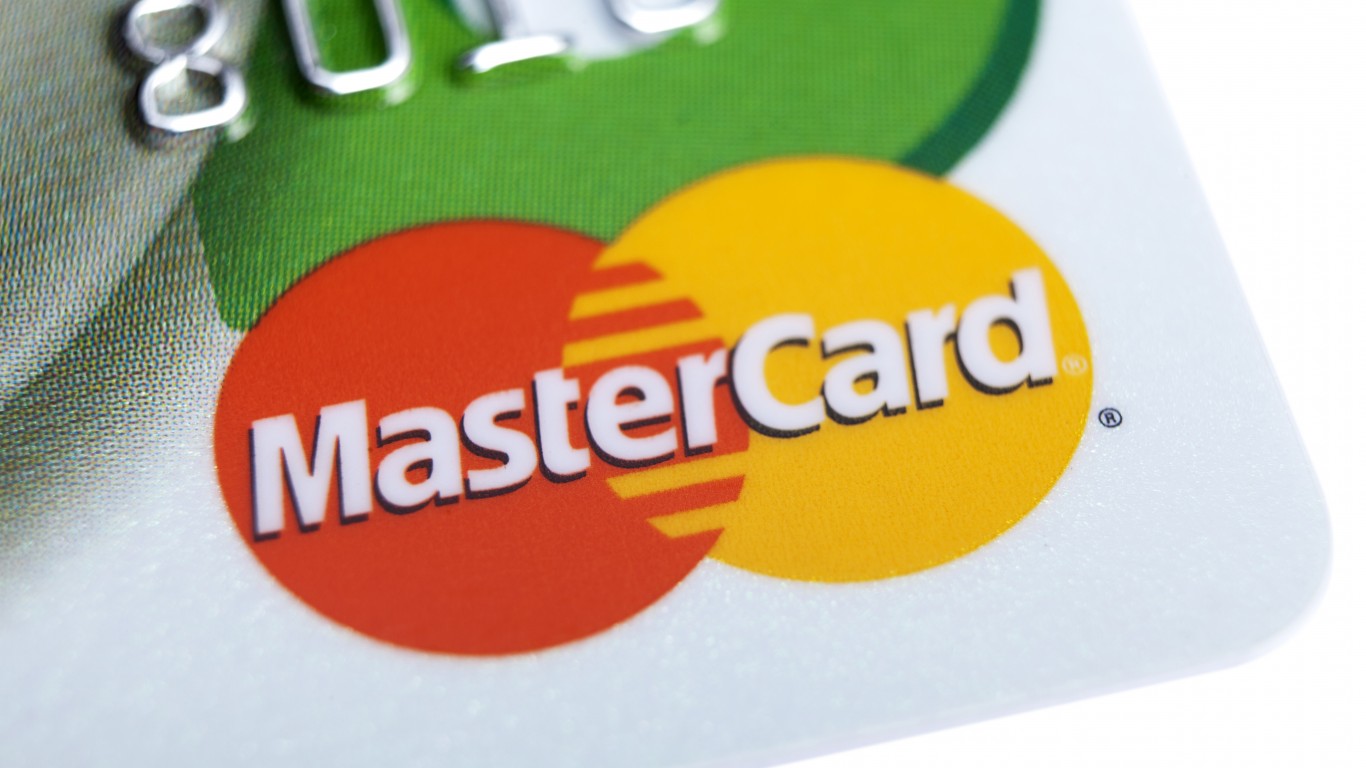
Another reason people might be drawn to a cashback credit card is sign-up bonuses. These bonuses can come in the form of a couple hundred dollars up-front, 0% interest rates for a certain number of months, and even dropping annual fees. Other bonuses could be an offer like $500 cash back on the first $1,000 you spend. That is free money sitting on the table.
If you can reach the qualifications of the sign-on bonus each year, you may be looking into switching cards to boost your earnings.
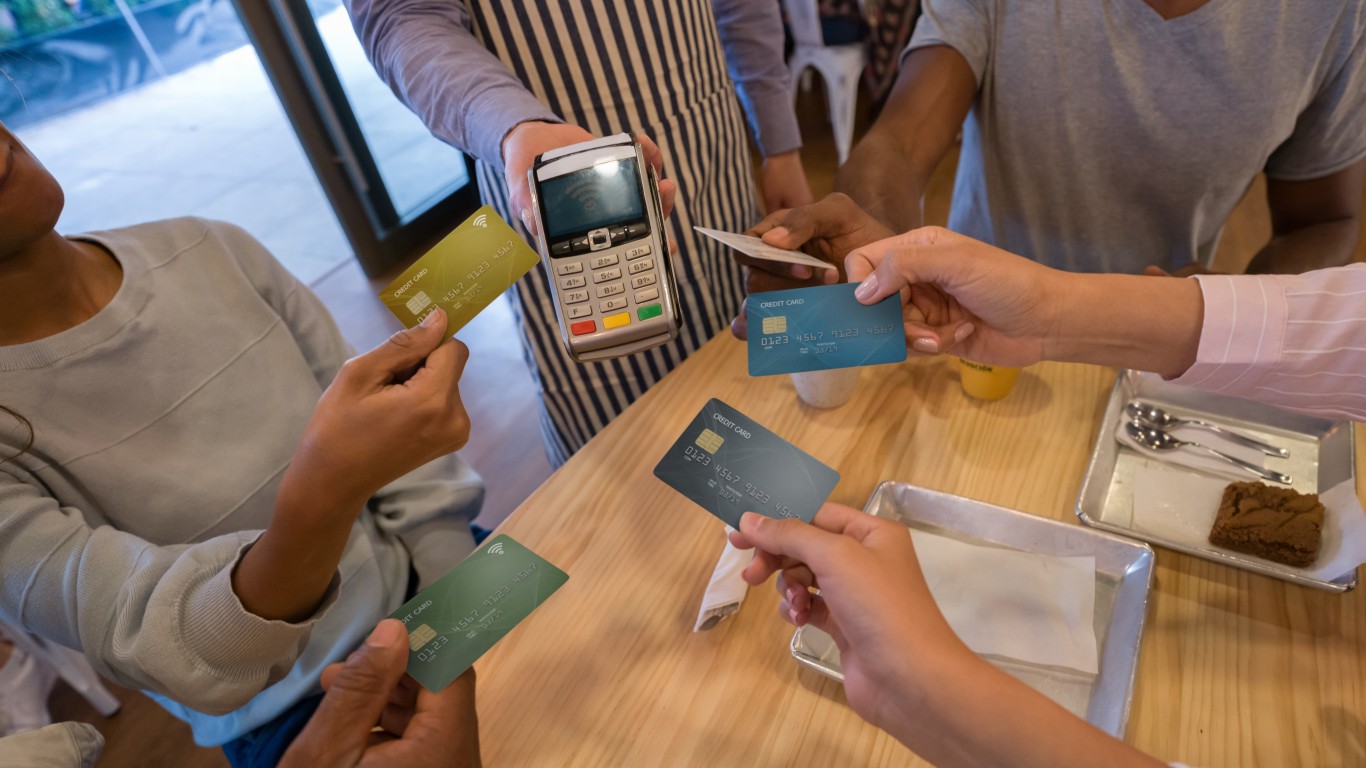
Cash-back rewards are different than ordinary passive income in that they are tax-free. Most of the time, cashback is counted as a discount or a post-purchase rebate, which isn’t taxable. Although, sometimes, sign-up bonuses can be taxed.
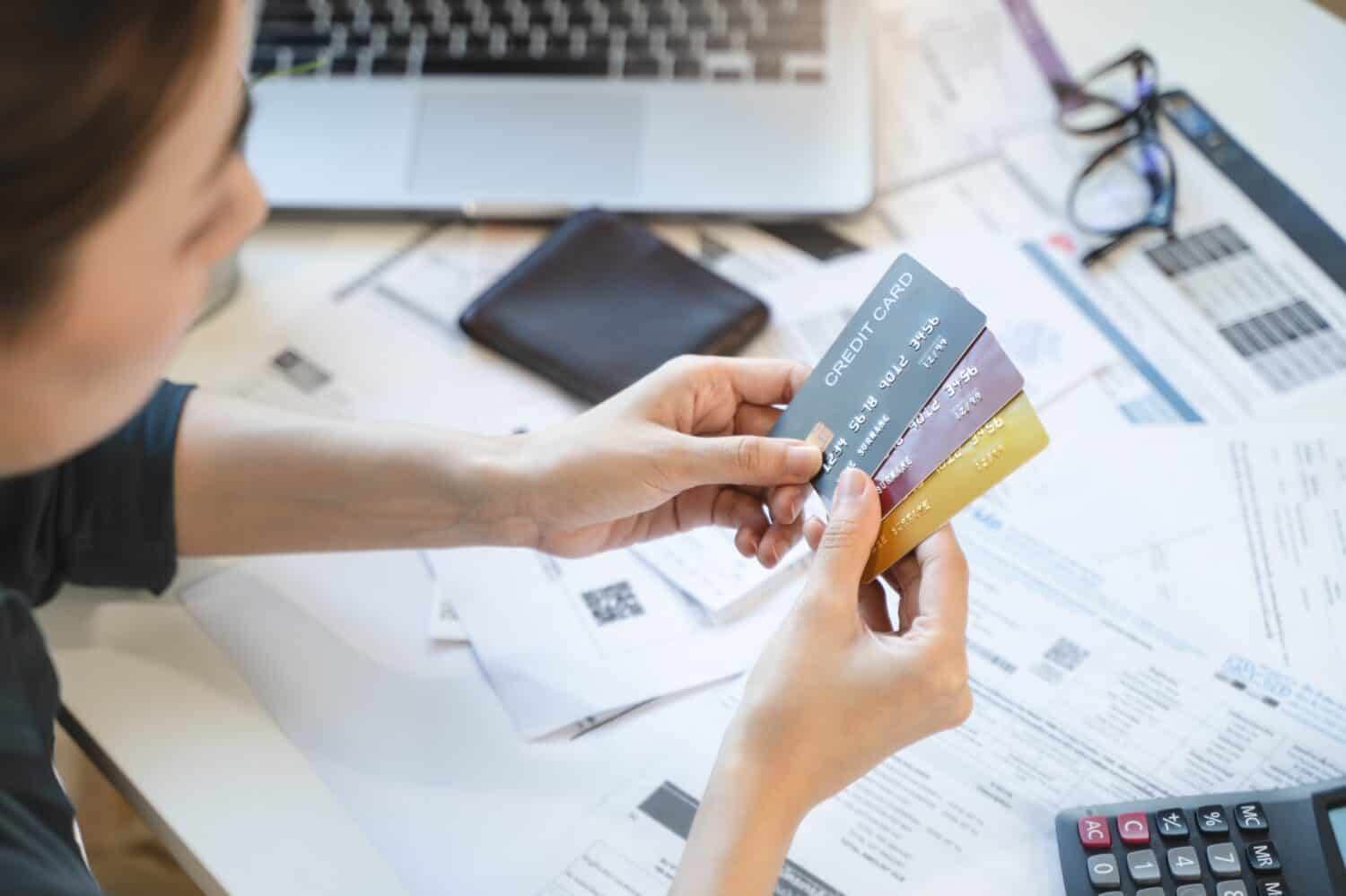
Cash-back rewards also never expire, which means they continue to roll over from year to year. So, you can accumulate them over long periods and use them for large purchases, or necessities during months of financial hardship. You can of course, just apply the rewards immediately making your monthly spending overall less. 5% might not seem like a significant amount, but if your family of four followed the USDA’s suggested grocery budget (Moderate-cost plan), totaling $14,784 per year, using a credit card that rewards 5% cashback on groceries, that would earn you a $739 discount or rebate. That is almost the cost of one month’s worth of groceries back into your pocket. In this economy, can anyone afford to sleep on free money?
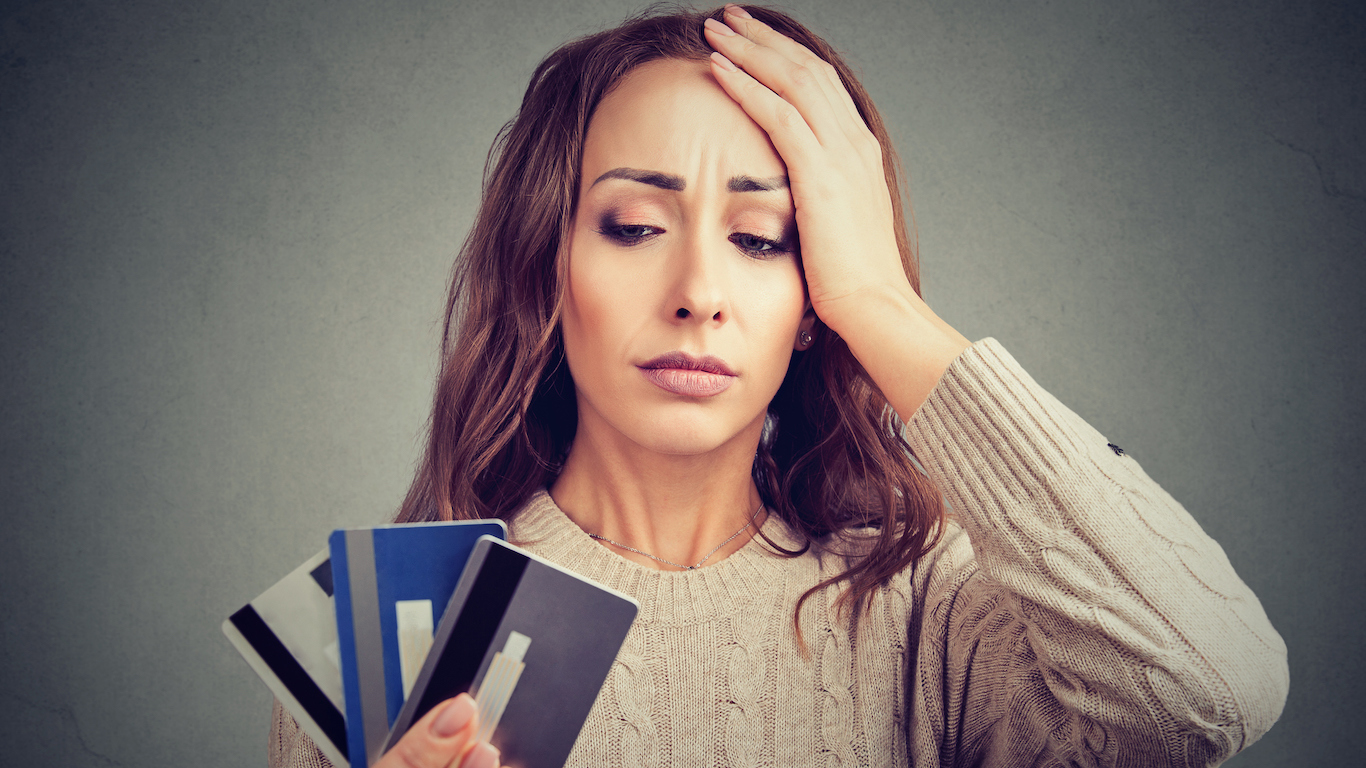
Unfortunately, if you don’t pay your monthly balance, cashback cards typically carry high interest rates (APRs). This could cancel out any rewards you earn. If you are an impulsive buyer or tend to not pay off your monthly balance, a cashback credit card will cause you to lose money in the long run.
Some cards can come with high annual fees, and if you aren’t careful, the cashback might not even offset that cost. It’s really important to look at your spending habits honestly and figure out if the rewards would truly be more beneficial than a debit card at the end of the day.
Also, it can be easy to get caught up in earning cash back or other rewards that we end up spending too much. This is exactly what the cards are designed to do, and too many people fall for it. This creates a cycle of debt that many people solve by paying off one card with another, increasing the size of the problem until it ruins their family.
Just like any other financial tool, credit cards require responsibility. You should not sign up for a card, or multiple cards if you can’t afford it. The rewards, points, or cash back will not solve your financial problems. They will only make them worse.
The average American spends $17,274 on debit cards a year, and it’s a HUGE mistake. First, debit cards don’t have the same fraud protections as credit cards. Once your money is gone, it’s gone. But more importantly you can actually get something back from this spending every time you swipe.
Issuers are handing out wild bonuses right now. With some you can earn up to 5% back on every purchase. That’s like getting a 5% discount on everything you buy!
Our top pick is kind of hard to imagine. Not only does it pay up to 5% back, it also includes a $200 cash back reward in the first six months, a 0% intro APR, and…. $0 annual fee. It’s quite literally free money for any one that uses a card regularly. Click here to learn more!
Flywheel Publishing has partnered with CardRatings to provide coverage of credit card products. Flywheel Publishing and CardRatings may receive a commission from card issuers.
Thank you for reading! Have some feedback for us?
Contact the 24/7 Wall St. editorial team.